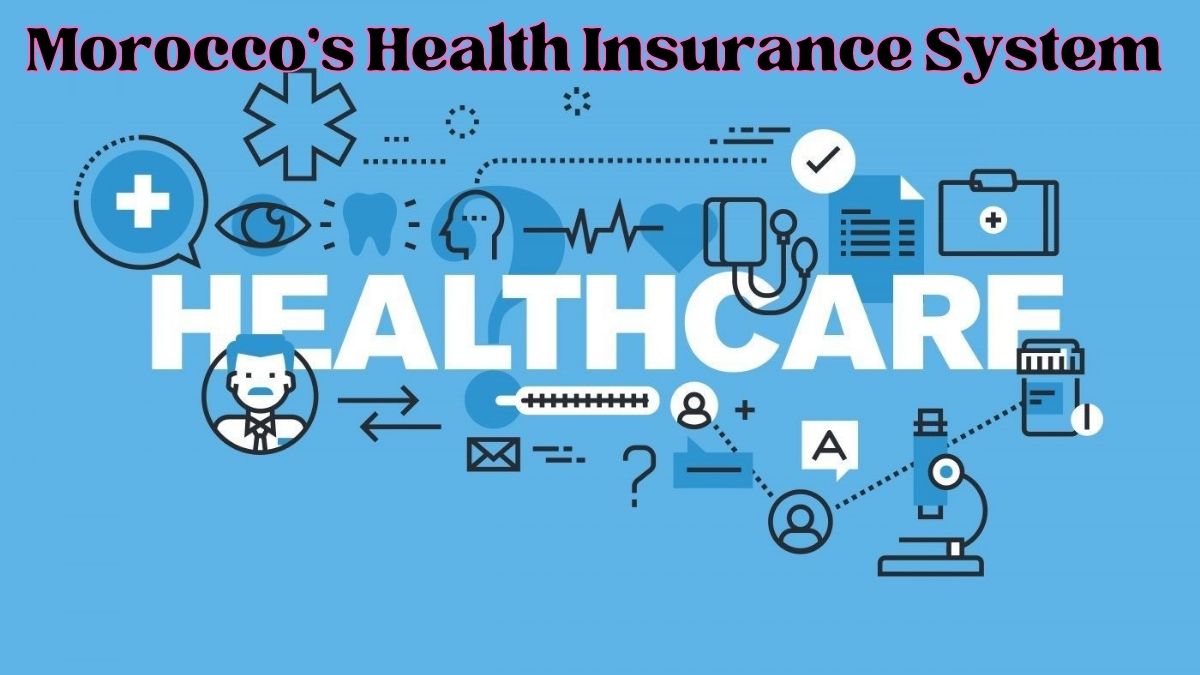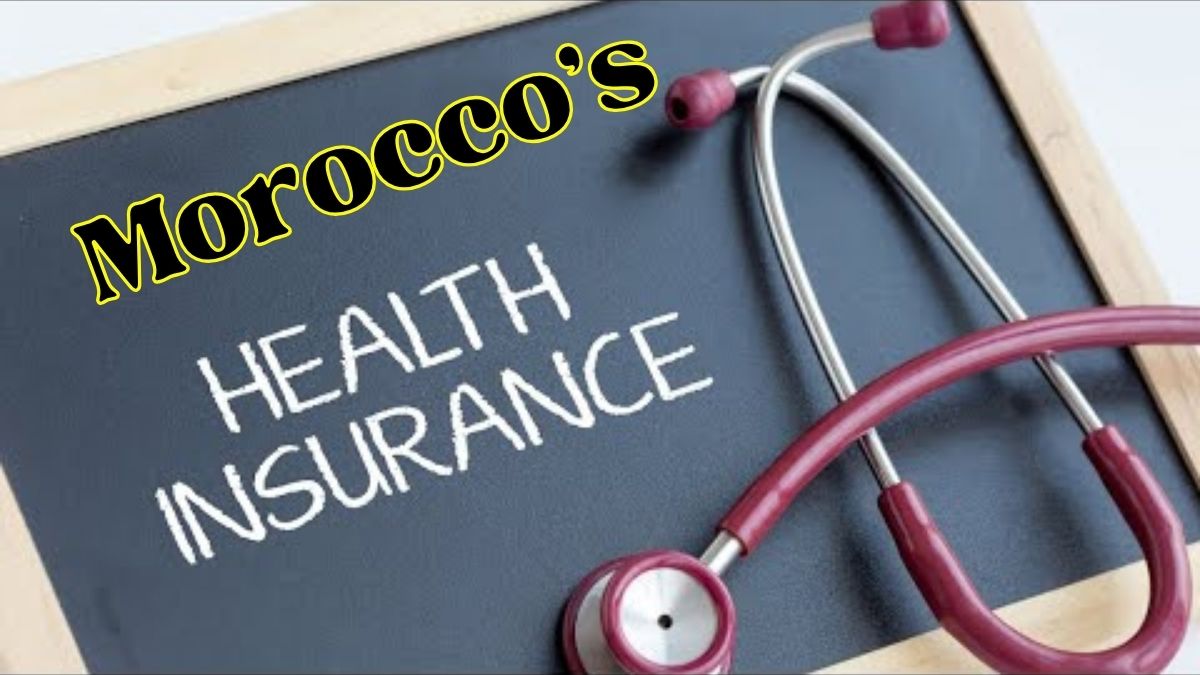Morocco, a North African country known for its rich culture and Health Insurance, has made significant strides in improving its healthcare system. At the heart of this system is a structured health insurance framework designed to provide coverage for its citizens. In this blog post, we will delve into the various aspects of Morocco’s health insurance system, exploring its components, benefits, and ongoing challenges.
A Brief History
The foundation of Morocco’s health insurance system was laid in the early 2000s, with significant reforms aimed at expanding access to healthcare. The government recognized the need for a comprehensive system that could cater to the diverse needs of its population, which ranges from urban dwellers to those in remote rural areas.
Key Components of Morocco’s Health Insurance System
| Component | Description | Target Group | Funding Source |
|---|---|---|---|
| Mandatory Health Insurance (AMO) | Provides essential health services; contributions are shared between employers and employees | Employees in the formal sector | Employers and employees |
| Medical Assistance Plan (RAMED) | Basic healthcare services for economically disadvantaged and informal workers | Economically disadvantaged, informal workers | Government funding |
| Private Health Insurance | Comprehensive coverage with additional benefits such as dental care and specialized treatments | Those who can afford higher premiums | Individual premiums |

Benefits of the Moroccan Health Insurance System
- Increased Accessibility
The implementation of AMO and RAMED has significantly increased access to healthcare services across the country. More Moroccans now have the means to seek medical attention without the burden of excessive costs. - Financial Protection
By distributing the cost of healthcare between the state, employers, and individuals, Morocco’s health insurance system provides financial protection to its citizens. This ensures that medical expenses do not lead to catastrophic financial situations for families. - Improved Health Outcomes
With broader access to healthcare, Morocco has witnessed improvements in various health metrics. There has been a noticeable decline in infant mortality rates and better management of chronic diseases.
Ongoing Challenges
While Morocco’s health insurance system has achieved much, it is not without its challenges:
- Equity in Healthcare Access
Despite the progress, there are still disparities in healthcare access, especially between urban and rural areas. Rural populations often face difficulties in accessing medical facilities and specialists. - Sustainability of RAMED
Funding and sustaining the RAMED program is an ongoing challenge for the government. Ensuring that all eligible citizens are covered and that the services provided are of high quality requires continuous financial and administrative support. - Integration of Private Sector
Balancing the public and private healthcare sectors to ensure equitable access and maintain quality standards is another critical area. Encouraging cooperation between these sectors can lead to better health outcomes for all citizens.
Conclusion:-
Morocco’s health insurance system represents a significant effort to provide comprehensive health coverage to its population. Through mandatory insurance schemes and targeted assistance programs, the country has made healthcare more accessible and affordable. However, addressing the remaining challenges will require continued efforts and reforms. As Morocco continues to develop, its health insurance system must evolve to meet the changing needs of its people, ensuring a healthier future for all.
Read Also:-
Cheng Xiao Biography, Age, Married, Instagram, crush, Networth
